|
Music Studio |
|
Finally, let’s hook up the digital piano to the next major element in the recording chain, the audio interface. Here’s a diagram of the primary building blocks of the home recording studio. You can see the central role played by the audio interface – it is at the intersection of the analog and digital worlds. A pair of instrument cables (unbalanced, ¼” TS plug connectors) are connected from the Left and Right Auxiliary Outputs of the piano to the two input “combo” jacks of the audio interface. The combo jacks accommodate connections from balanced XLR and ¼” TRS cables, as well as unbalanced ¼” TS cables. There are three major operations that the audio interface is tasked with performing: 1. analog signal gain by a low-noise pre-amplifier 2. analog-to-digital and digital-to-analog conversion 3. high-speed data transfer to/from the computer. All three of these operations are critical to making high-quality recordings. Choosing a good audio interface is therefore a very important matter in putting together your music studio. The prices of audio interface units range from budget to very expensive. I wanted to start with an inexpensive unit, learning to “walk” before “running” . I chose the PreSonus Studio 24c Audio Interface. I must say that this little unit is great -- its performance has been outstanding. The pre-amps are low noise and low distortion, and produce hi-fidelity sound. The analog/digital converters (ADC) are capable of sample rates of 44.1 KHz, 48 KHz, 88.2 KHz, 96 KHz, 176.4 KHz, and 192 KHz. The conversion resolution (bit depth) is 24 bit. The specified converter dynamic range is modest, at 108 dB, but this is still sufficient to record at levels allowing for 20 dB of headroom. We’ll talk more about the “digitization” of analog signals and what effect this has on the quality of sound in the next post. Lastly, the audio interface supports high-speed USB-C communication with the computer. The PreSonus Studio 24c is a class-compliant Core Audio device in macOS. No USB driver installation is necessary ! Audio interface units, such as the PreSonus Quantum, are now available that communicate with the computer via an ultra-low latency Thunderbolt-3 connection -- perhaps a gift to myself for next Christmas ? By the way, if you are thinking of purchasing equipment and have questions about audio interfaces (or any sound gear), I would recommend asking the folks at Sweetwater. Their very helpful staff are audio engineers and musicians, and are experts in the field. The output connections on the rear of the PreSonus 24c audio interface are shown in the following photo. The stereo headphone jack ( ¼” TRS stereo) is on the far right. The Main Output Left and Right jacks (1/4” TRS balanced) are connected via instrument cables to my left and right powered monitor speakers. The USB-C connection to my computer is on the far left. It should also be mentioned here that this audio interface unit is powered through the USB cable. A final word – in the photo shown at the top of this post and above, you can see that the audio interface is sitting on a mat. The outer metal case of the unit makes contact to this grounded, anti-static mat. This is done in an over-abundance of caution to avoid any build-up of static charge that I may bring to the work table, especially in the winter time. I certainly don’t want any crackling or pop sounds getting into the recording. Next time, we'll take a closer look at the "digitization" of the analog signal in the audio interface and what effects this has on the quality of the sound recording.
|
Categories
All
Archives
May 2023
|
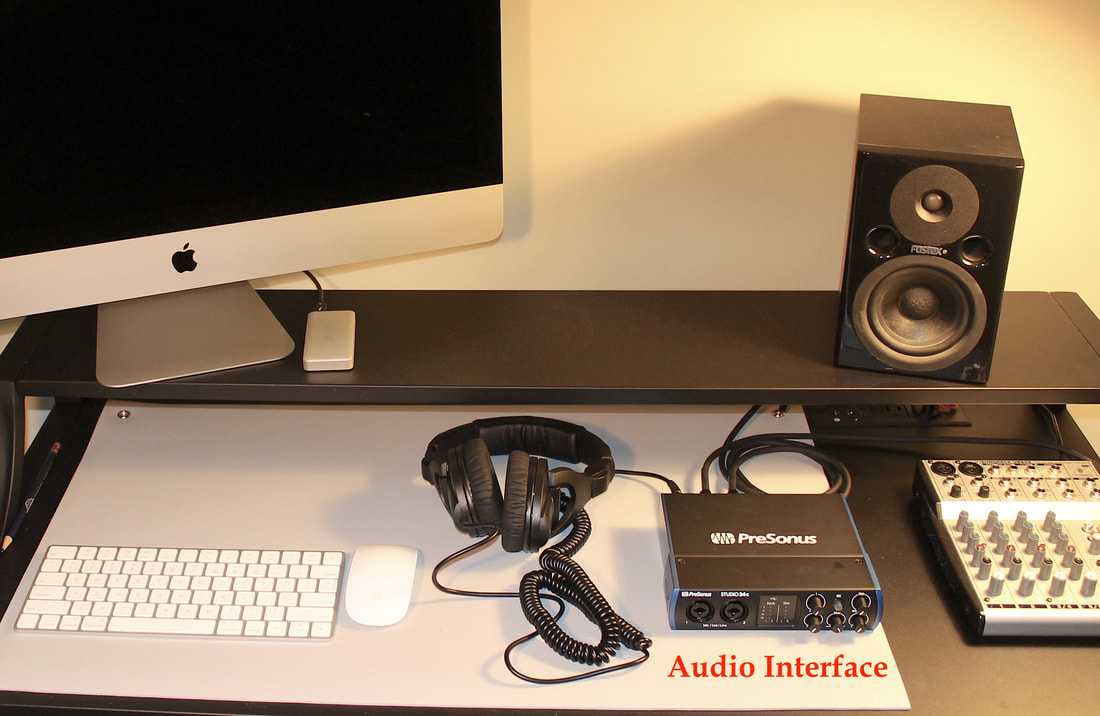
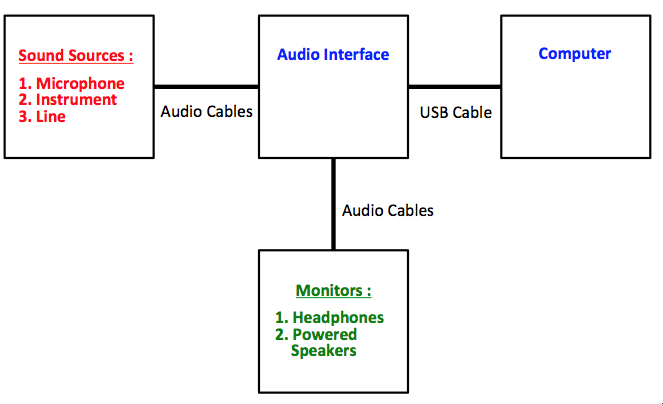
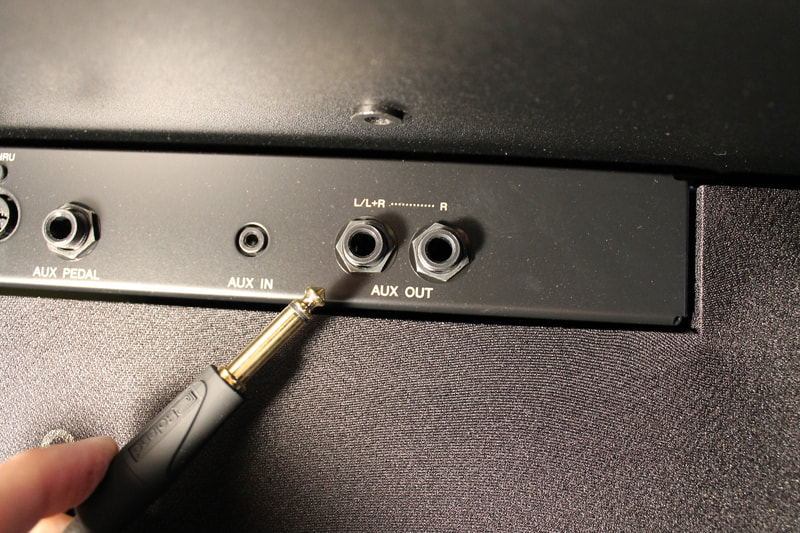
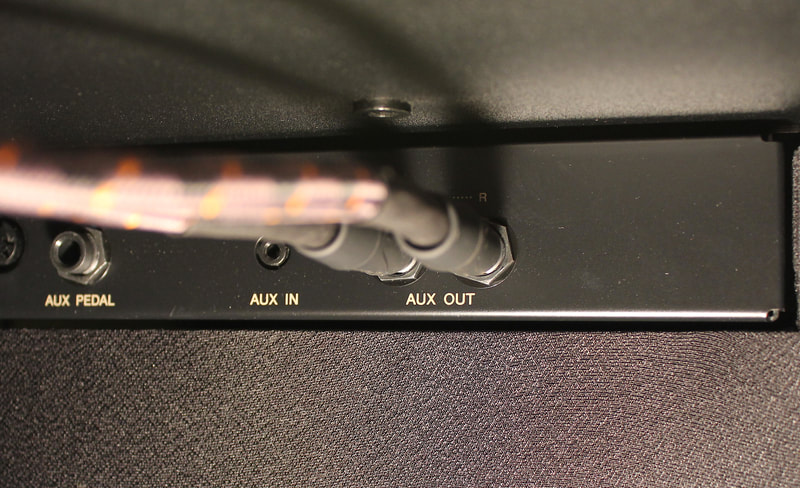
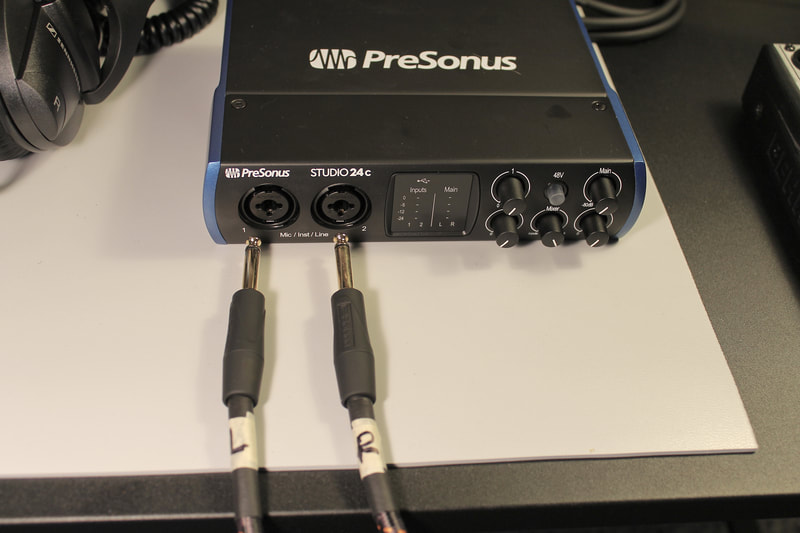
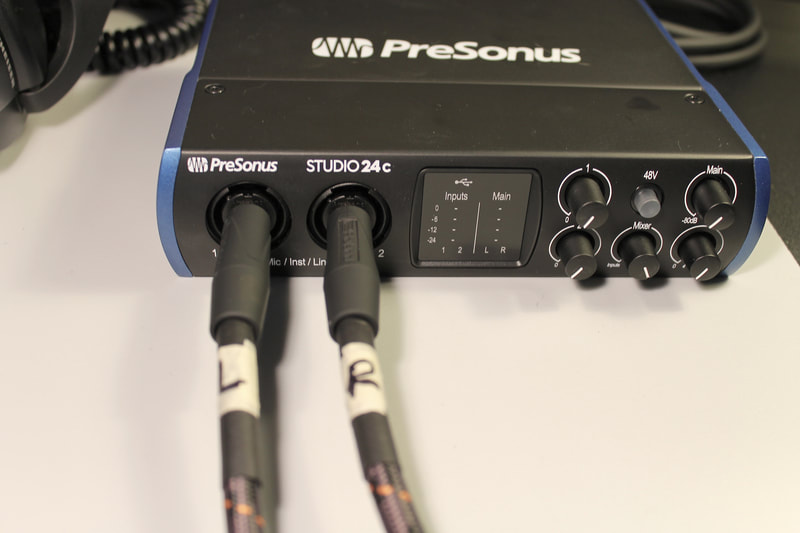
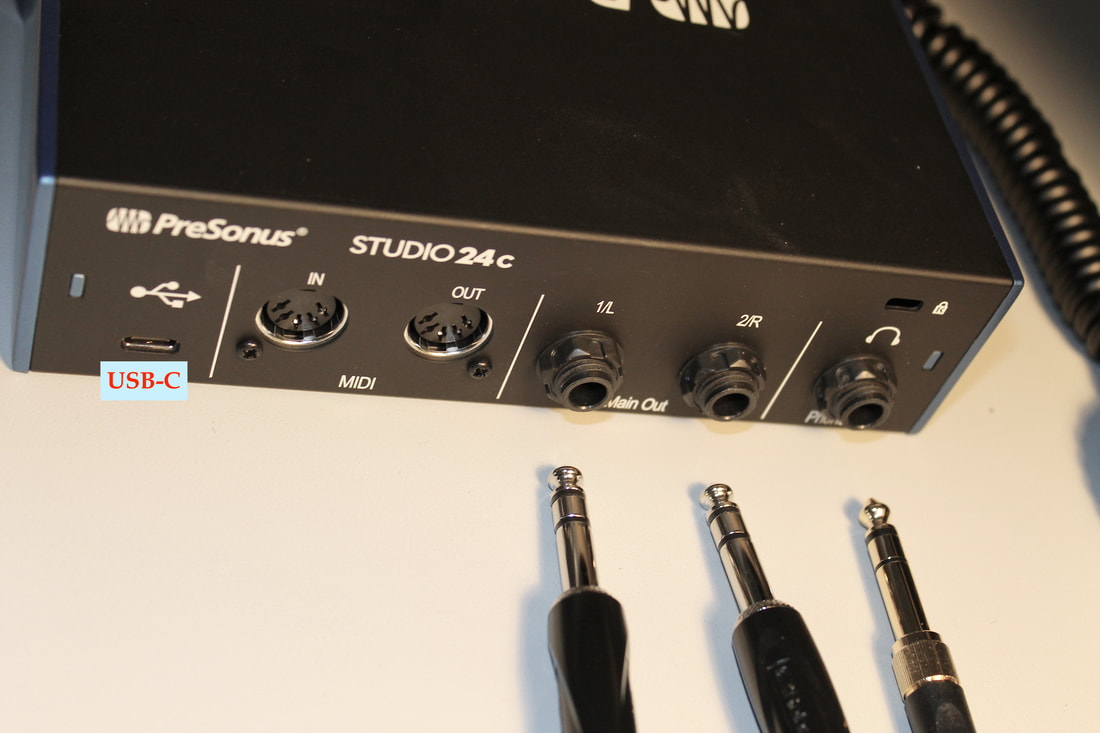
 RSS Feed
RSS Feed
